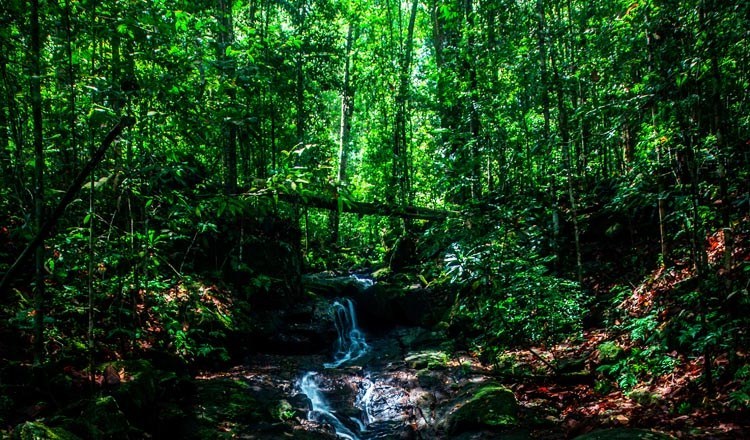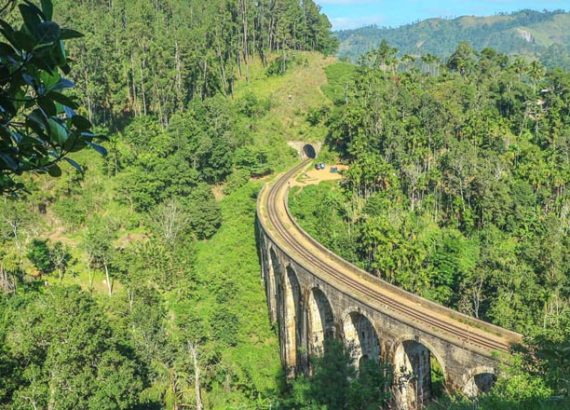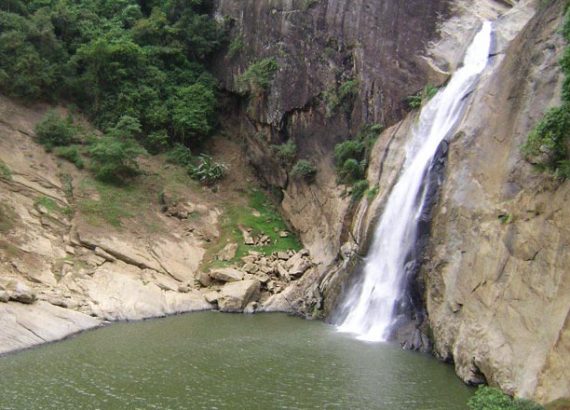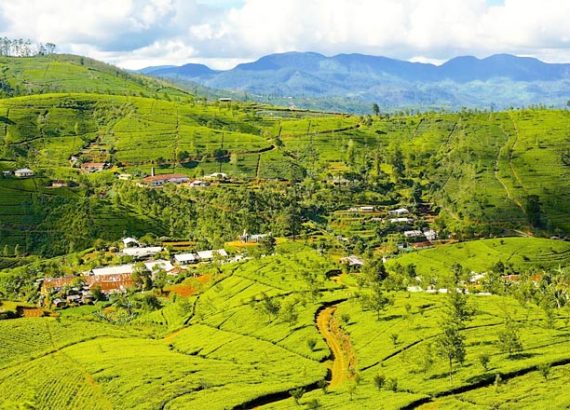Sinharaja Forest Reserve

Sinharaja Forest Reserve
Considered the largest undisturbed rain forest in Sri Lanka, this reserved stretches over an area of 89 sq km and is bounded by the Gin Ganga river to the south and the Kalu Ganga river to the north. Sinharaja, meaning “Lion King”, is believed by some to be the home of the mythological Sri Lankan lion from whom the Sinhalese trace their descent. Others think it was once a royal reserve, when it covered an even larger expanse of the island’s lowlands. The forest became property of the British Crown in 1840. The area suffered damage from logging in the early 1970s, until it was recognized as a reserve in 1977 and as a World Heritage Site by UNESCO in 1989. The surrounding villages are still allowed to access the forest reserve to collect wood and tap kitul palms for making jiggery and palm wine.
Sinharaja receives up to 599 cm of rainfall annually and the climate inside the rainforest is hot and humid. The forest is a treasure trove of unique flora and fauna. Of the 211 trees found here, over 60 per cent are endemic. The reserve supports a thriving bird population, with as many as 21 endemic species. These include the crested goshawk, Sri Lankan spurfowl, yellow- fronted barbet and the Ceylon blue magpie. A wide variety of rare butterflies, amphibians and reptiles, such as the rough- nose horned lizard, can also be glimpsed in this forest. However, mammals such as the purple- faced leaf monkey or the giant squirrel may be harder to spot because of the thick foliage. Leopards can be rarely sighted.
The best time to visit to Sinharaja is during the dry months, which extend from January to early April and August to September. It is compulsory for visitors to hire a guide to get around the forest. There are trails of varying lengths in the reserve, ranging from 5 km to 14 km. most tourists follow the 8 km Moulawella Trail, which begins at Kudawa Conservation Centre and winds through the rain forest to the Moulawella Peak. There are number of observation points along the trail, which offer great opportunities for wildlife- watching. Leeches abound because of the abundant rainfall so be sure to wear appropriate footwear.
Sri Lankan Rainforests
Known as the wet zone, the southwestern lowlands of Sri Lanka are home to the last remaining rain forests in the country. The largest tract of rainforest is Kanneliya- Dediyagala- Nakiyadeniya, but human activities such as logging have had a serious impact on it. As a result, Sinharaja, albeit smaller, is considered the primary remnant of rainf orest on the island. There is a high degree of endemism in the Sri Lankan rain forest, particularly with regard to the flora. The forests are made up of three distinct layers- ground, sub-canopy and canopy- and each of these has unique environmental conditions and organisms. Most of the primary canopy trees are members of the Dipterocarps family, which have winged seeds and large, straight trunks, and grow up to a height of 45 m. Rain forest trees usually have shallow roots, which enable them to reach the nutrients found on the surface level.






